

Max Davies
2026 GWM Haval Jolion review
4 Hours Ago
Light, fun and affordable. There's plenty to like about the newly facelifted Suzuki Swift GLX Turbo.
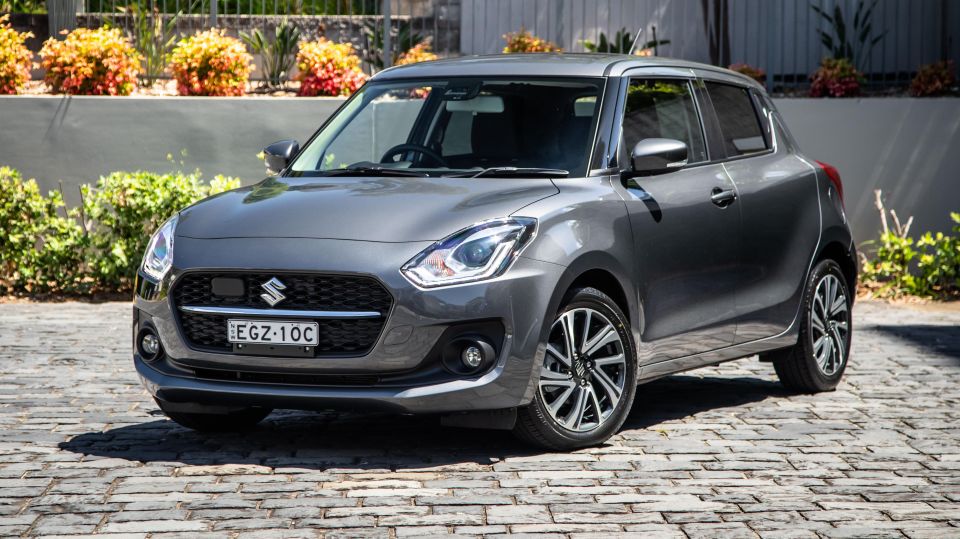


Journalist
New from
$22,990
excl. on-roads

Journalist
New from
$22,990
excl. on-roads


Journalist
New from
$22,990
excl. on-roads

Journalist
New from
$22,990
excl. on-roads
Where expert car reviews meet expert car buying – CarExpert gives you trusted advice, personalised service and real savings on your next new car.
“Nerds are cool. Just think of all the cool stuff they make like robots…”
So says Suzuki’s marketing guff on the facelifted Swift range (Series II) on its website, clearly not targeting this 50-year-young dad but done with wit and deserving a chuckle or two.
I’m of an age where faint memories are fond of the late-’80s Swift GTI that became a bit of a petrolhead cult car, right throughout the ’90s.

Its fun factor largely out-punched its modesty in power, performance, weight, pretension and price. And there are more than a few shades of that GTI spirit in the updated Swift GLX Turbo.
Well, maybe. The flagship Sport sits as the swiftest, erm, Swift but starting at a tenner under $30,000 drive-away it’s not quite as cheap as it is cheerful. Unlike our GLX Turbo tester, though, you can get the Sport with a manual.
Still, there’s something quite compelling about the GLX Turbo’s combination of a rorty little three-pot engine, decent spec, spirited chassis and unassuming styling that, for a fair chunk less than the Sport, looks tough to beat. But is it really an affordable fun machine or merely a solid enough city car runabout?
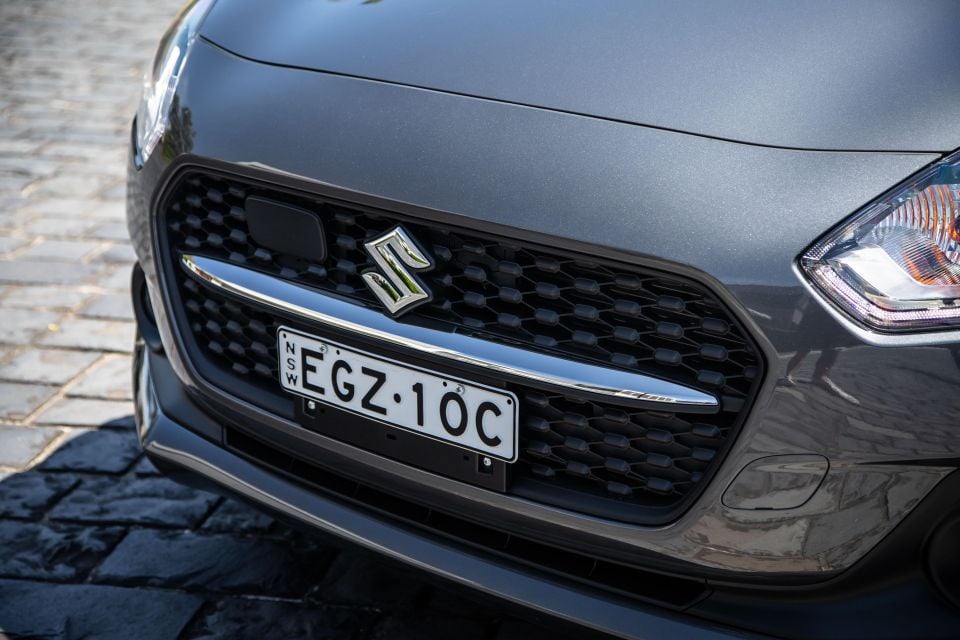
The Swift GLX Turbo lobs for $25,290 drive-away with a standard-fit automatic transmission. That’s pretty cheap.
Off the bat, it’s fair step up from the Navigator Plus auto sat below it in range ($21,490 on-road) and not much more affordable than the Sport manual ($26,990 list/$29,990 drive-away) though the auto adds another two grand to the Sport ($28,990 list/$31,990 drive-away).
Officially, the only option available is paint. Outside of white there’s choice of five premium finishes, such as our tester’s Mineral Grey, that want for $595.
That said, there’s a host of ‘accessory’ spruce ups that include black wheels, colour interior trim inserts, a tailgate spoiler and other extras.
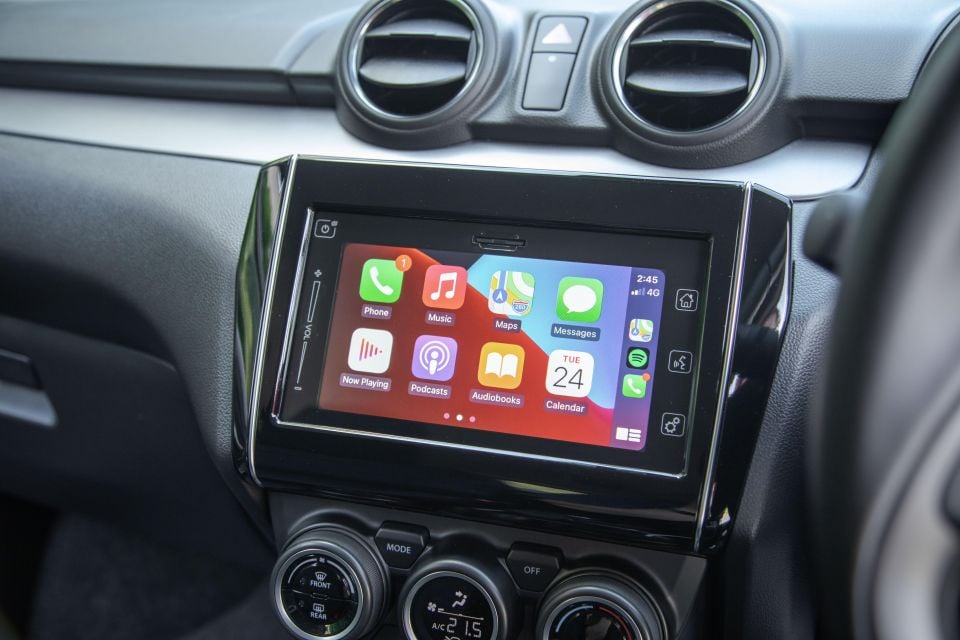
Buy your new car without the stress. It's fast, simple and completely free.

Great service from Travis and team, second time I have used this business would not hesitate to recommend them to anyone
Craig C.
Purchased a Ford Ranger in Sunshine Coast, QLD
CarExpert helped Craig save thousands on his Ford Ranger, now let us save you on your next new car.
Find a dealAs the effective top dog of the regular Swift Series II range, the GLX Turbo is reasonably well equipped in the company of its kin but you’d hardly call it ‘luxury-lite’.
Realistically, you should be drawn up the range for the GLX’s turbocharged 1.0-litre engine backed with a six-speed auto, rather than the naturally-aspirated four with CVT combination in Navigator spec. It also gets four-wheel disc brakes rather than disc/drum arrangement in lower-spec variants.
Outside of these key upgrades, the GLX Turbo adds specific ‘polished’ 16-inch wheels, auto LED headlights, high-beam assist, heated power-folding mirrors, keyless start, digital climate control, a paddle-shifter steering wheel and six-speaker audio over the Navigator Plus.
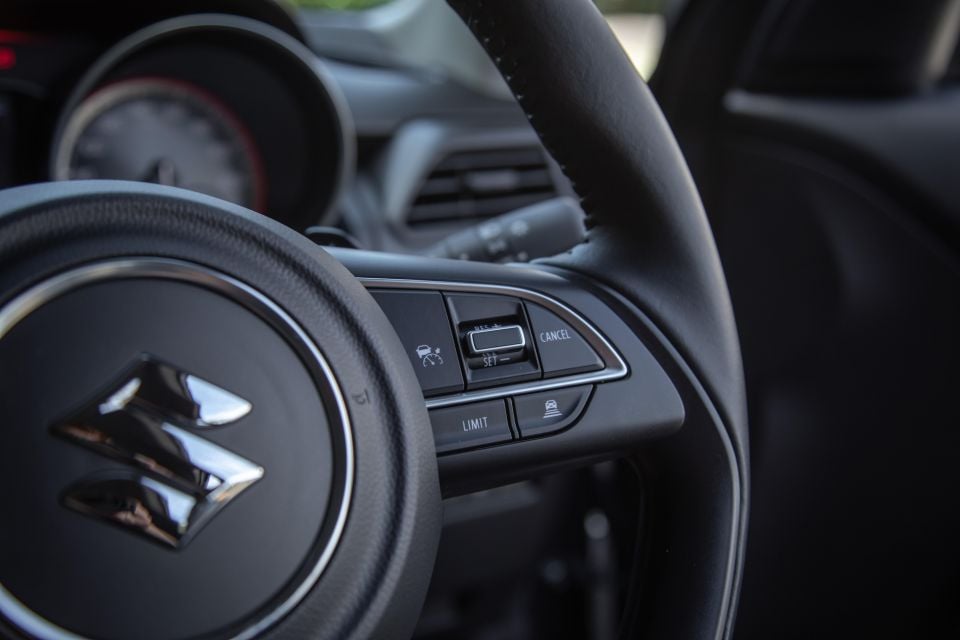
Otherwise spec is similar between the two variants, including the fitment of adaptive cruise control and rear parking sensors.
Elsewhere, it fits LED daytime-running lights, privacy glass, a digital speedo, sat-nav-equipped 7.0-inch touchscreen infotainment, Apple CarPlay and Android Auto, Bluetooth audio and phone connectivity, AM/FM radio (but no DAB+), iPod compatibility, USB/12V outlets, fabric trim and a space saver spare wheel… just like the rest of the range.
Nothing terribly fancy or too light on for its sub-$26,000 ask. And while the whole Series II range features a bit of nip and tuck to exterior styling, the GLX Turbo doesn’t really benefit much in the way of equipment updating.
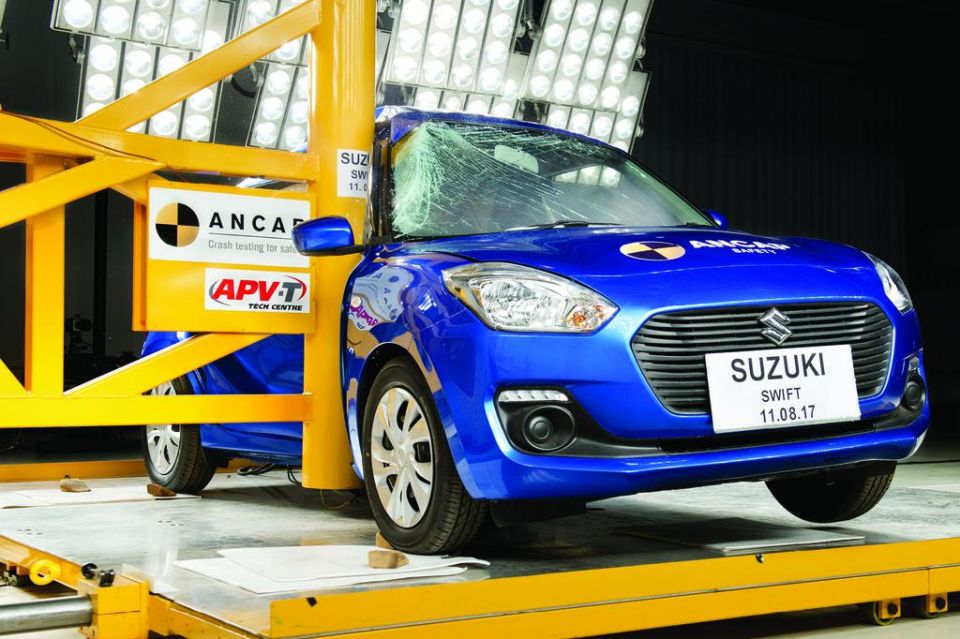
The face-lifted GLX Turbo carries a 2017-dated five-star ANCAP safety rating.
In the old rating system, it scored 14.39 out of 16 for frontal offset testing, 15.74 out of 16 for side impact testing, and a ‘good’ assessment for both whiplash and pedestrian protection. It overall score was a high 35.12 out of 37.
Standard safety equipment includes six airbags, autonomous emergency braking, lane departure warning, blind-spot monitoring and rear cross-traffic alert.
It’s solid and well-rounded stuff for the sort of coin this medium-grade city runabout asks for.
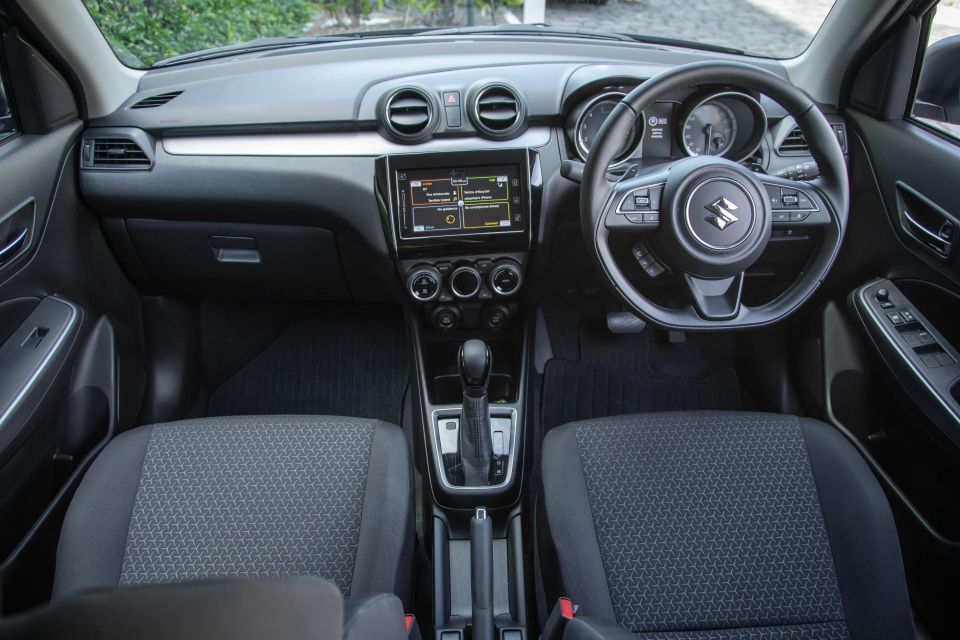
The GLX Turbo interior is straightforward and unpretentious, looking its advancing age when it comes to general styling but offering a pleasing simplicity and general clarity.
It centres around a nicely presented paddle-shifter steering wheel, neat and sporty-looking analogue instrumentation, a large and clear digital speedo display, as well as a fit-out of dials and switchgear with a quality feel and logical placement.
The manually-adjustable, fabric-trimmed seats are fairly humble but work a treat where it matters: supportive and comfy contours, nicely pliant padding and decent ergonomics and a good degree of height adjustability. The wheel can be tuned for a fairly handy driving position, too, that feels sporty enough while offering excellent outward visibility from the Swift’s generous glasshouse.
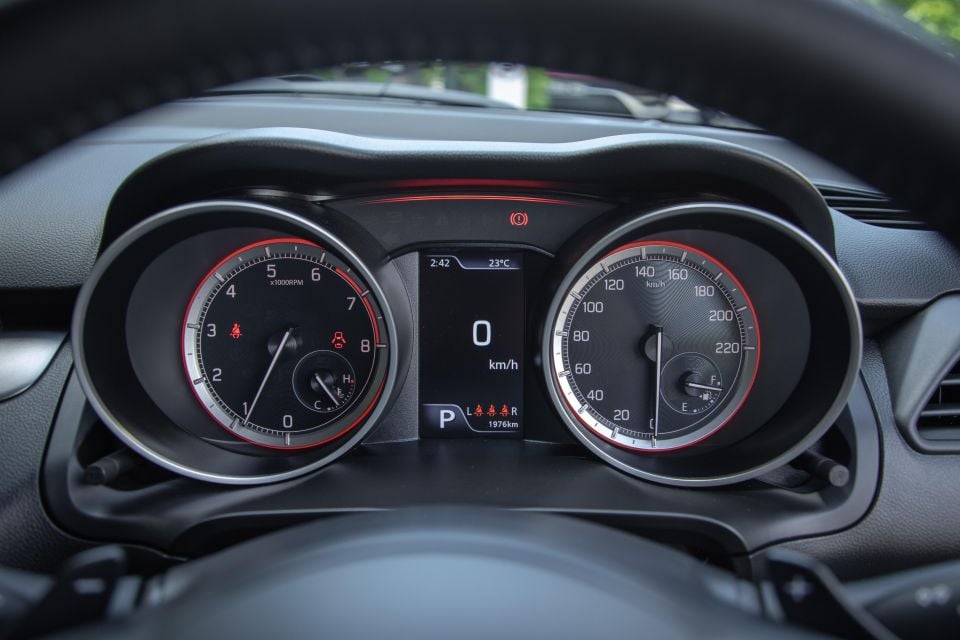
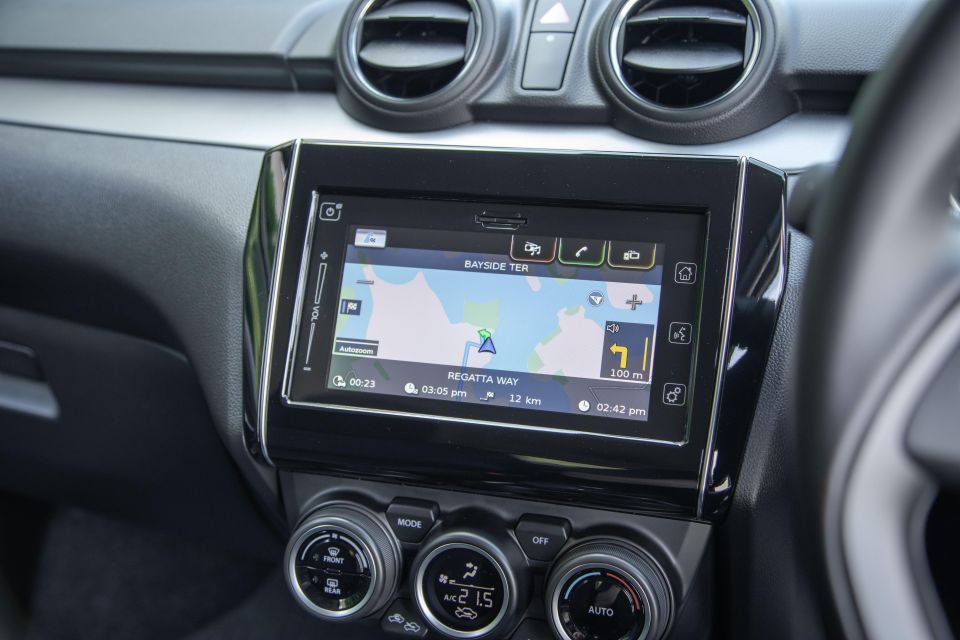
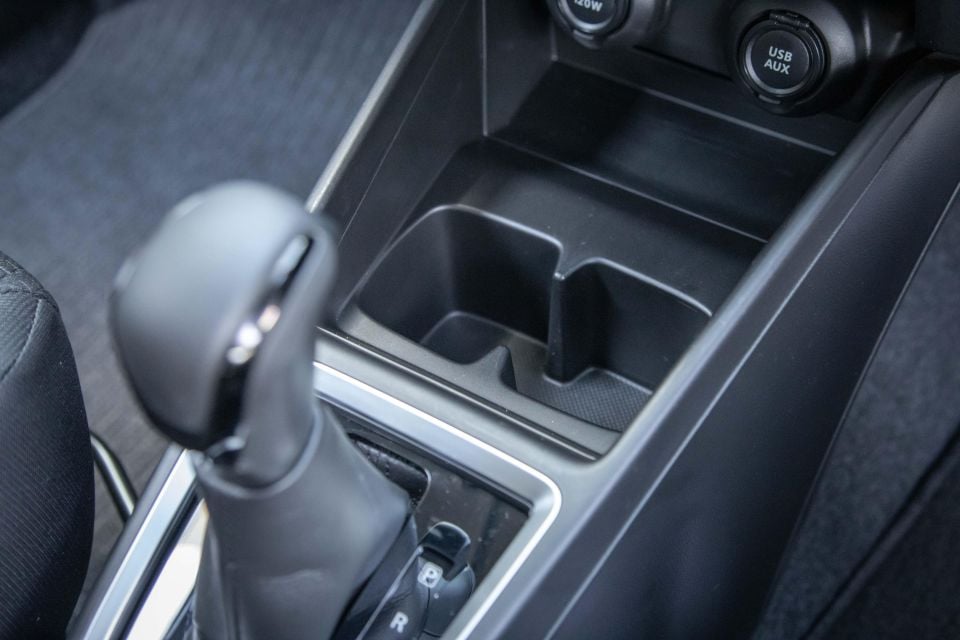
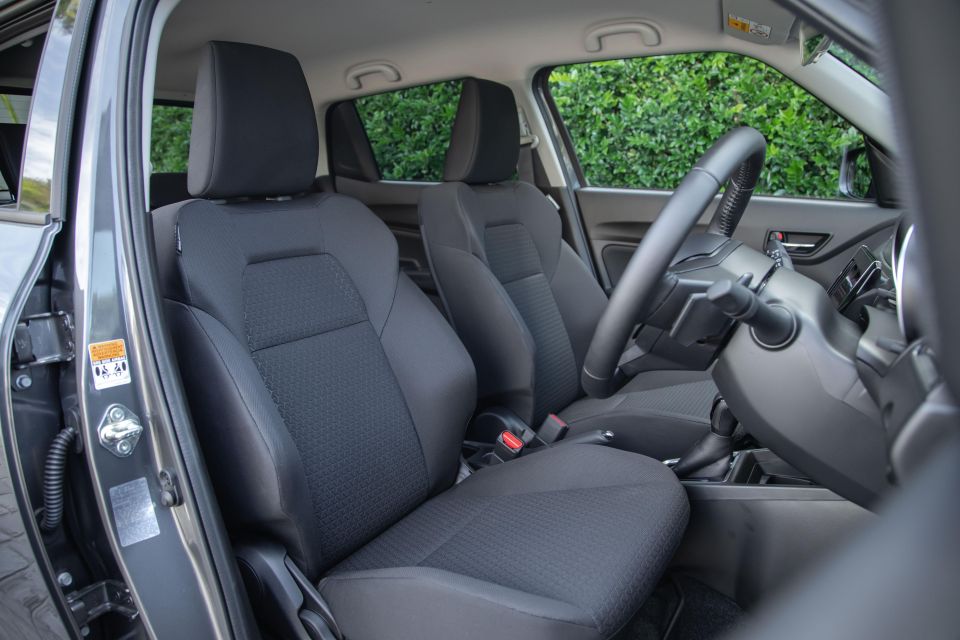
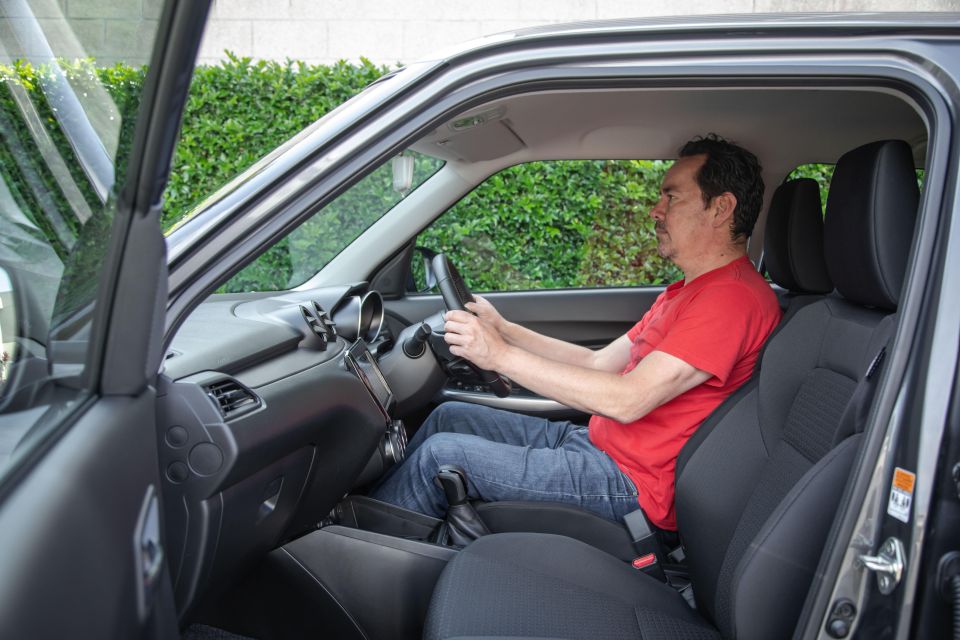
Equipment is fairly basic, even this far up the range, with a few too many blank buttons to remind you it’s missing indeterminable features.
So-called ‘digital’ climate control is handy, though the absence of rear ventilation, device power, armrests front or rear and console bin makes it feel a bit barren. You do, though, get single USB and 12-volt outlets in the phone bin up front.
There’s a lot of shiny plastic. It’s a real shame that Suzuki doesn’t tame the sheen level of the material down a bit for a classier effect given how much of the cabin it’s minted in.
The infotainment system has seen fresher days but for what it offers, including proprietary sat-nav at this price point, it’s effective enough with a sharp display and lag-free response.
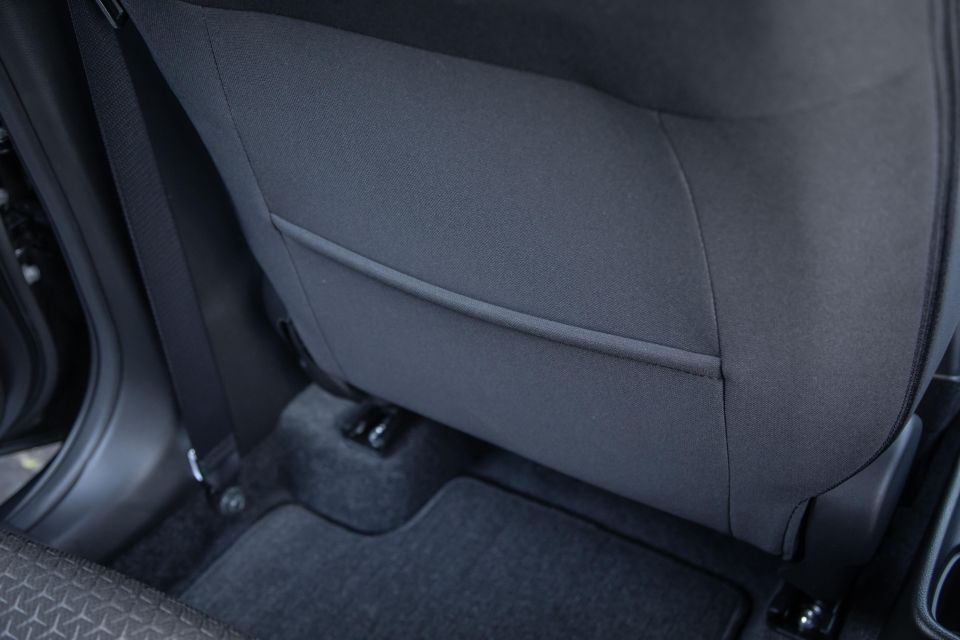
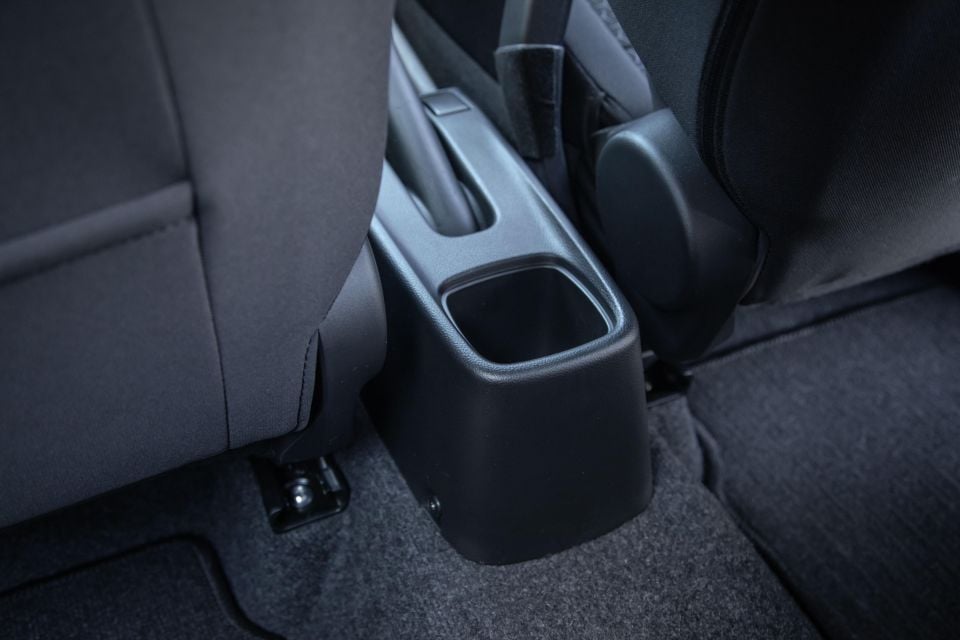
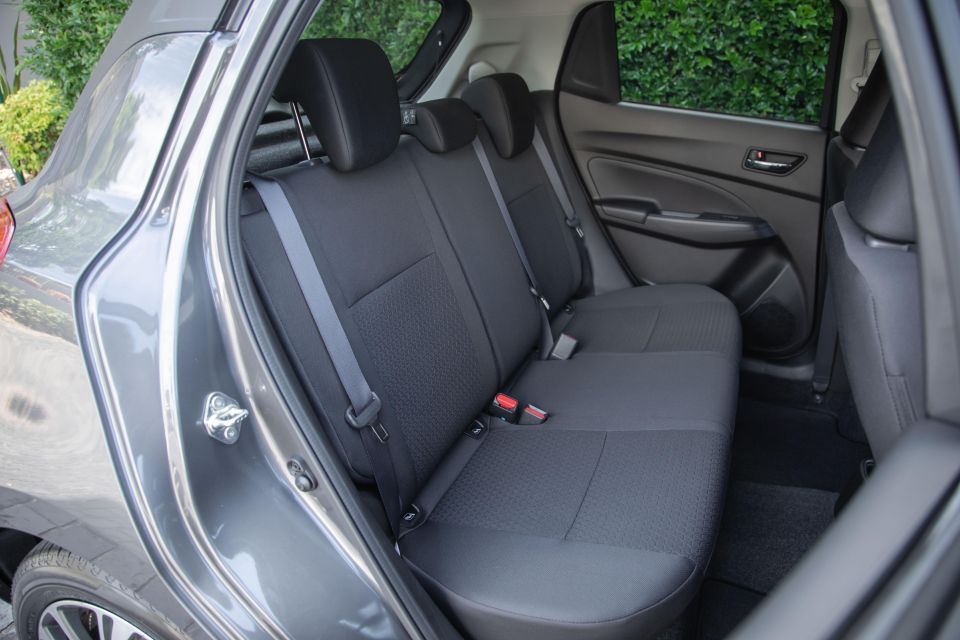
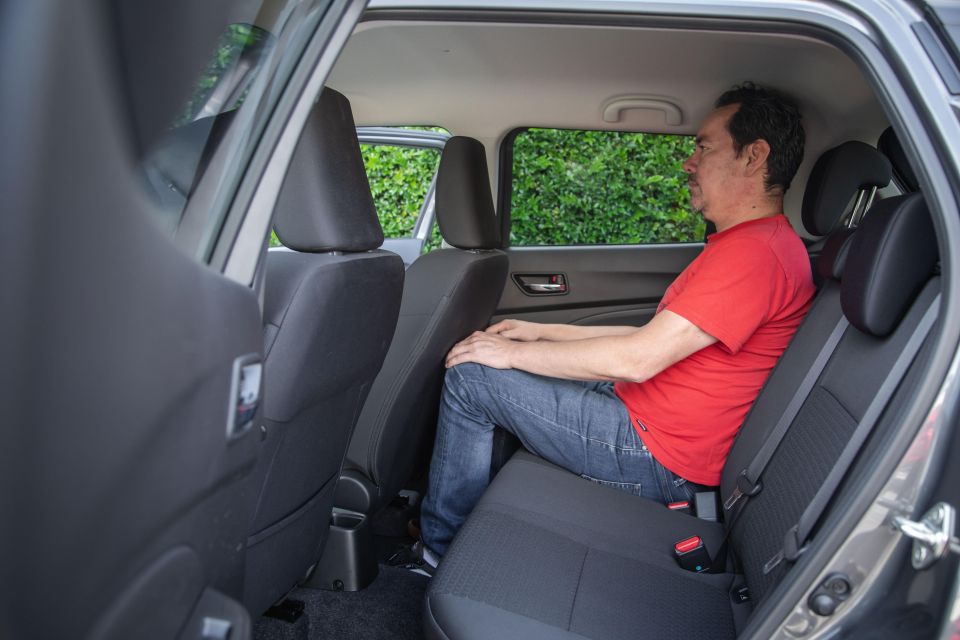
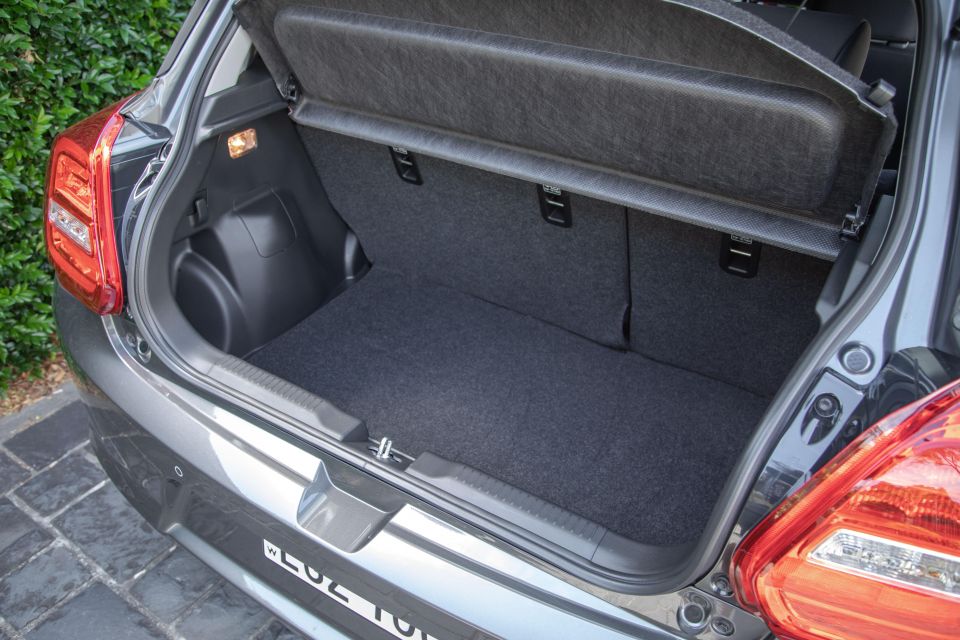
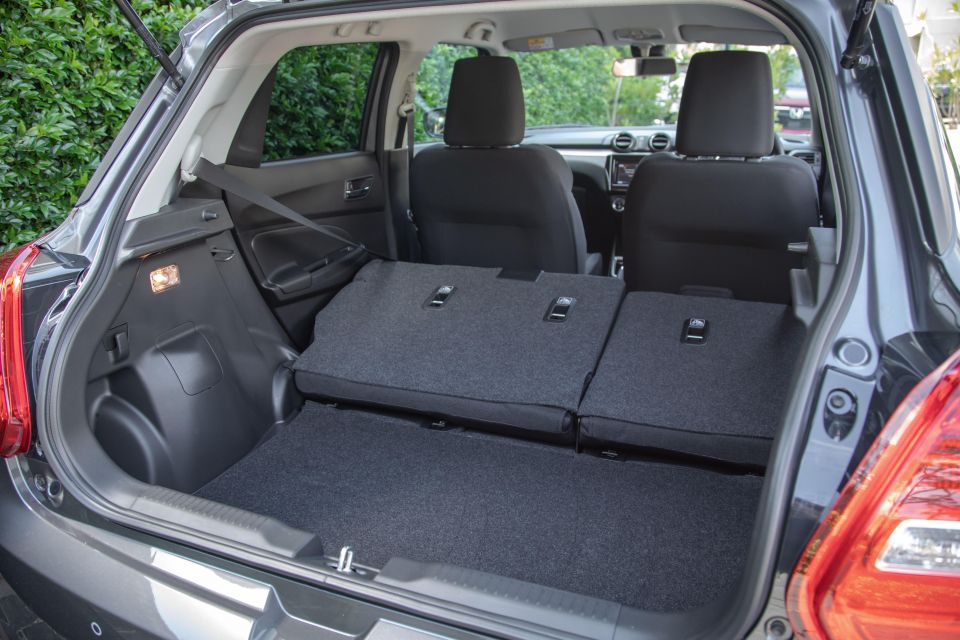
Most buyers will presumably leverage its smartphone mirroring and despite the small-ish screen it delivers as expected. And, while it lacks a volume knob – a feature making a triumphant return to car interior features – its slider arrangement is easy to acclimatise to.
For such a small device it’s quite decently packaged, as is evident by the adult-friendly second-row. The high roof and generous glass makes row two feel airy, while kneeroom and elbowroom is quite acceptable four-up as the rear bench is more or less pushed rearward and perched over the rear axle.
The byproduct to this is the short boot space, though it counters this limitation with acceptable width and depth. Luggage space is rated at 265 litres with the 60:40-split rear seat backs upright, expanding to a useable 918L converted to a two-seater.
That the Swift offers genuine spaciousness for its petite dimensions and isn’t overly youthful in cabin styling are two of the model’s interior highlights.
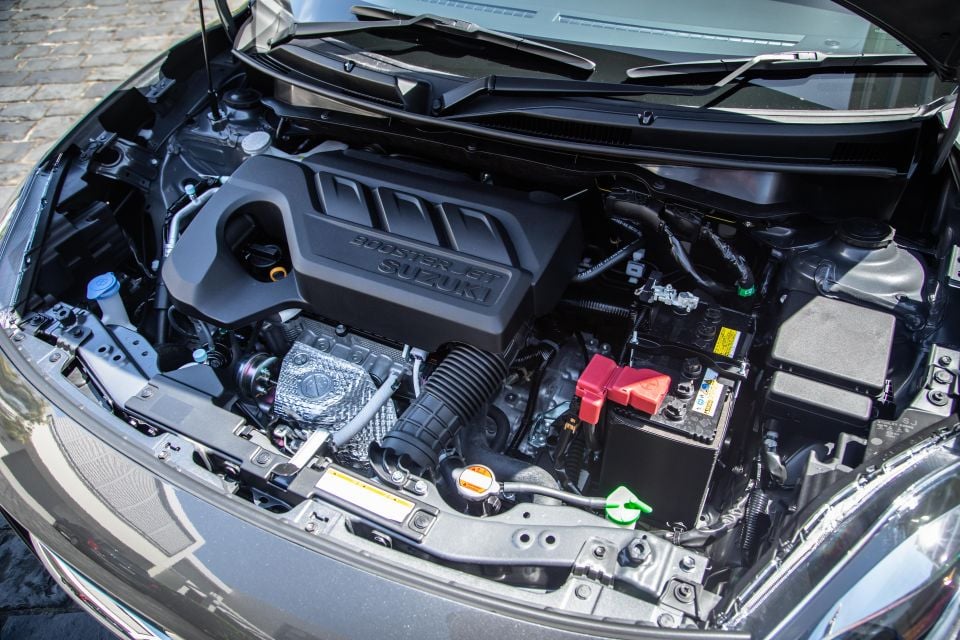
At just 998cc, there’s not much of the BoosterJet three-cylinder in terms of capacity, but it swings harder than the 1.2-litre four-pot engines in the Navigator versions.
While its modest 82kW at 5500rpm is hardly brag-worthy its specific torque output of 160Nm from just 1500rpm is quite healthy and, besides, at 945kg there’s not that much of it to propel.
But let’s face it: if you really want to get a decent hustle on, you’re going to stump the extra outlay for the 103kW/230Nm 1.4-litre Swift Sport.
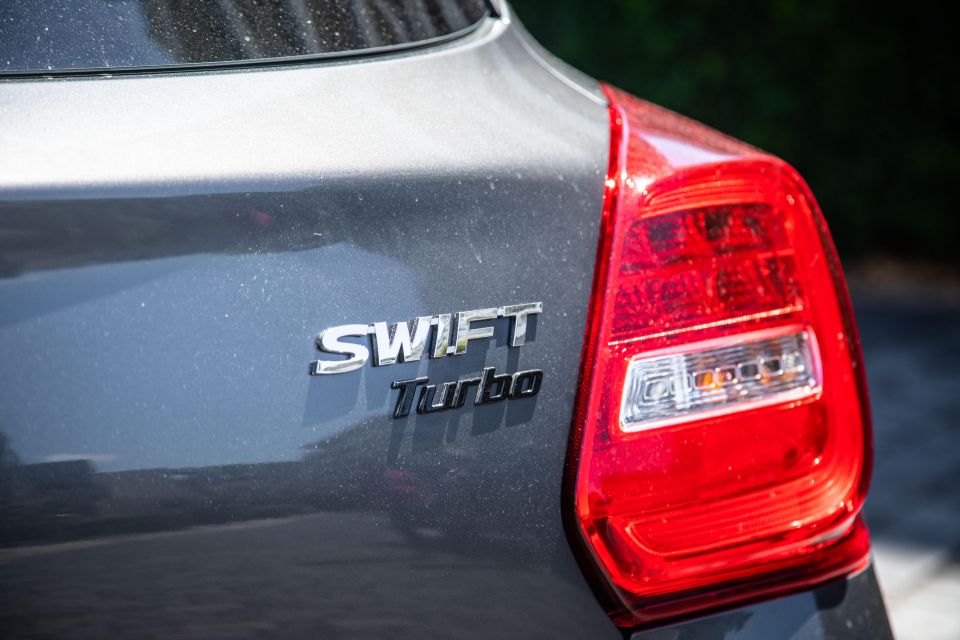
As mentioned, it exclusively fits a six-speed auto with switchable manual mode for paddleshifter control, driving the front wheels. It runs a torsion beam rear suspension design and quite narrow 185mm tyres.
Claimed consumption is just 5.1 litres/100km though this is 0.3L/100kms more than the CVT-equipped versions and a half-litre shy of the base Navigator manual’s impressive 4.6L/100km figure. Minimum recommended fuel grade is 95 RON for turbo models.
On test, with mixed driving, our test car returned low to mid sixes that, while short on the advertised claim, is still pretty impressive given that, by the seat of the pants, it’s a little more eager than you initially expect.
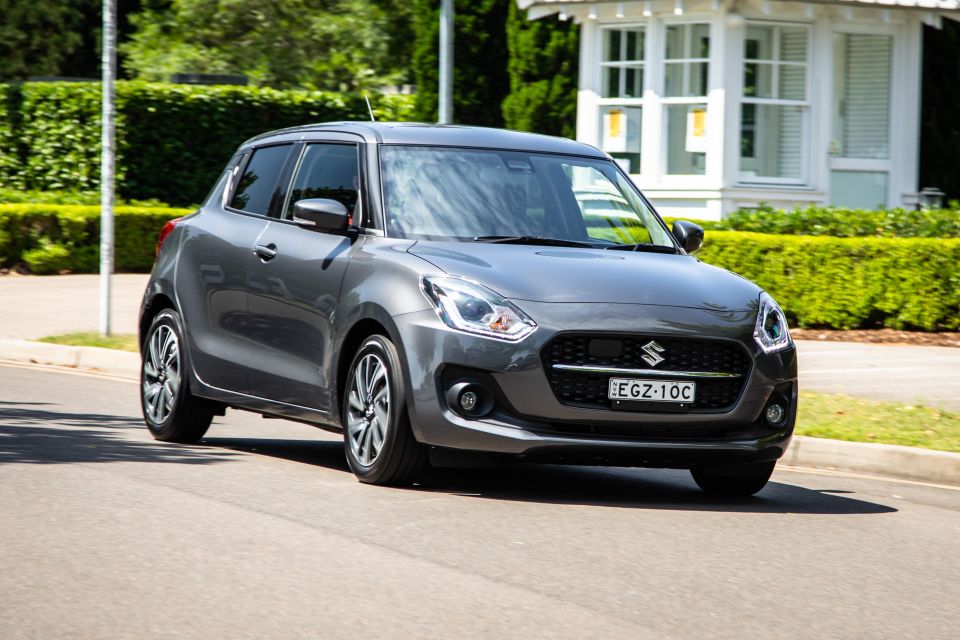
The GLX Turbo’s lean weighbridge figure does it real favours on road.
It has a willing little engine, flexible enough in response without feeling too strained while offering fairly brisk acceleration if you dig right in. It offers a pleasing rorty soundtrack without being too gruff while it’s at it.
Its most rewarding and downright frisky in M for manual mode, which you do tend to grab by accident as it’s the last slot below D in the transmission selector. Not ideal. Thankfully if you need get out of harms way before you get a chance to find D, it will upshift by itself approaching redline.
But thus set, it easy to ride the three-pot’s surprisingly urgent mid-range and snap through the upshifts with the paddles. It’s no hot hatch, and it’s lean on shove and response with rpm and road speed, but for pointing and shooting around the back streets it’s quite the hoot.
Left to its own devices, the six-speed auto fairly unremarkable though it does pluck the best from the engine without too much laziness or over-revving.
It’s a real gem of a chassis: clear and direct steering, crisp change of direction, extremely light on its rubber feet and downright chuckable if you throw enough enthusiasm its way.
There’s not much lateral grip on offer from those narrow hoops though the inherent balance means that it’s more frisky than unwieldy in character. If, of course, you want to go there…
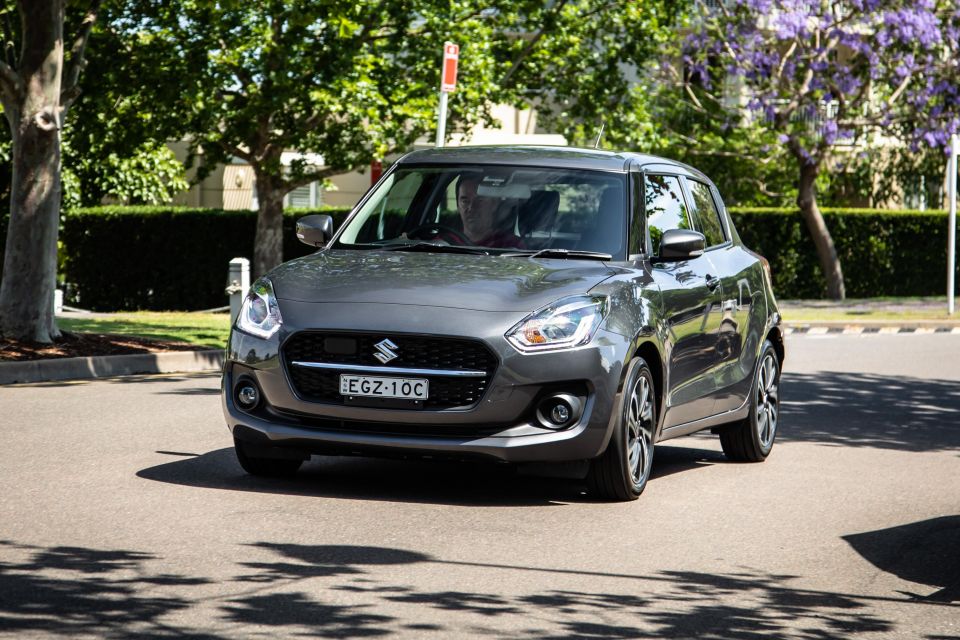
Problem is, the chassis is a bit one-dimensional, clearly tuned for sport at the behest of ride comfort and polished refinement. The rear axle damping, in particular, becomes a bit jarring across square-edged road imperfections and while the ride isn’t necessarily sharp most of the time, it gets caught out on the odd occasion.
That light weight is also down to patent lack of sound deadening that leaves the Swift feeling a bit boisterous and tinny, with lots of tyre and suspension noise accompanying most journeys. That said, it does feel solid, planted and fairly well screwed together – in some respects, there’s a reasonable amount of core refinement.
Importantly, it’s a combination of spark in the engine and chassis combined with its diminutive size and excellent all-round vision that meld together to make for genuinely enjoyable and runabout. That it’s really cooperative and easy to use – fish-eyed reversing camera notwithstanding – also makes it pretty compelling as a first car for inexperienced drivers.
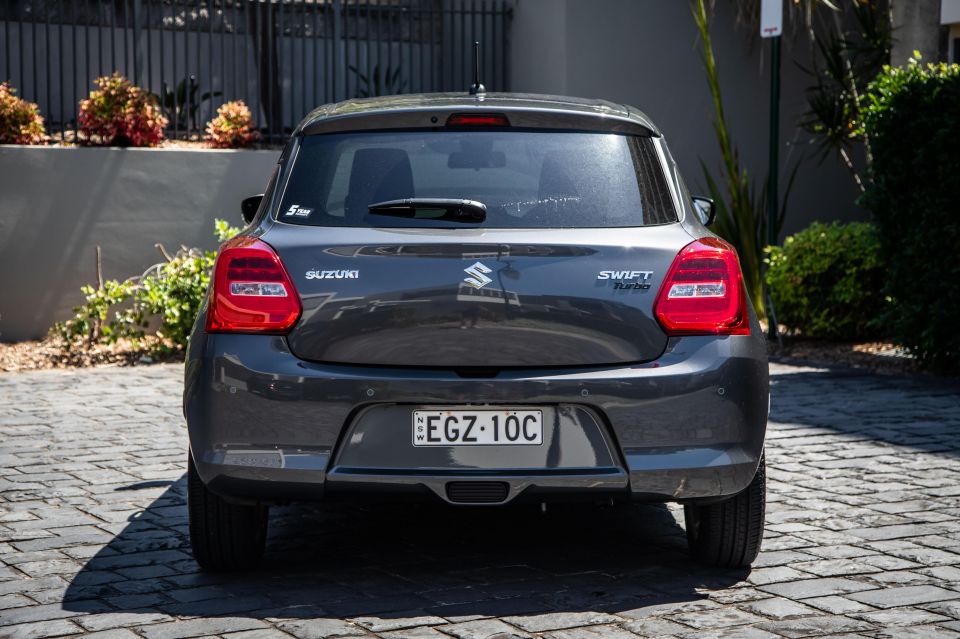
Where expert car reviews meet expert car buying – CarExpert gives you trusted advice, personalised service and real savings on your next new car.
It comes with a five-year/unlimited-kilometre factory warranty as well as a capped-price servicing program for that duration.
The only real sting is that the servicing is required at fairly short 10,000km intervals – the non-turbo Swifts are every 15,000kms – or 12 months, whichever comes first.
Interval costs are between $239 and $429 over the first five years, its $1475 total averaging out to $295 per year through the capped-price period.
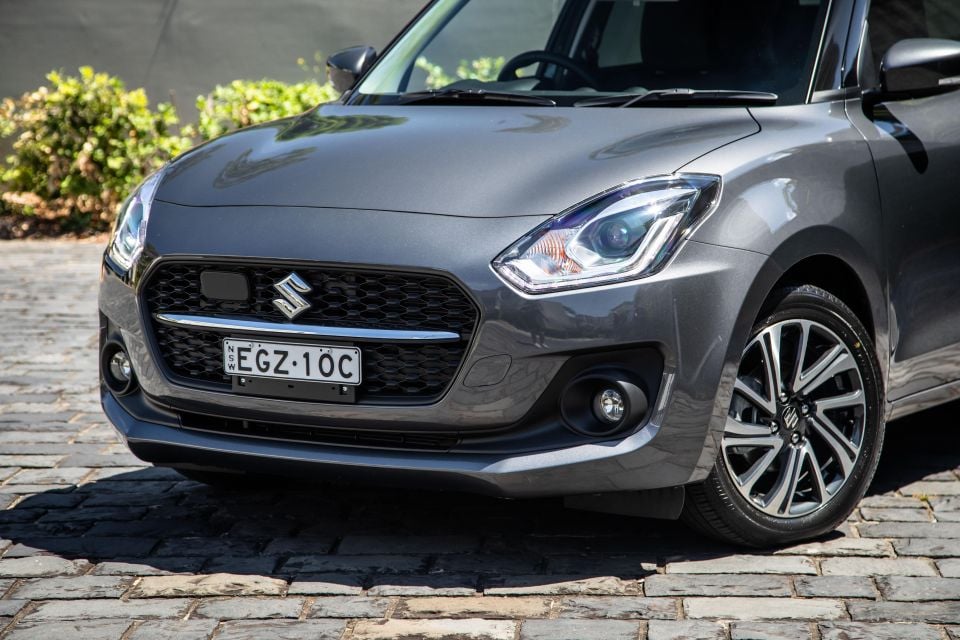
There’s something really likeable about a lean, light, small little city car that just cooperates with your seat time. Horses for courses, but your reviewer will trade a decent drive over frill and trinkets any day of the week.
The Swift GLX Turbo is not all that hot but, equally, it’s not all that expensive. And that it lacks much in the way of sporty pretension just makes it that much more charming – it’s just a shame that beaut little 1.0-litre engine can’t be had paired with a manual gearbox.
Crucially, what it offers over and above the cheaper Navigator variants is worthy and deserves a look in, even if the tangible dividends are more about how it feels rather than what it does feature-wise.
That said, if you’re in it for a cheap access point to the new-car smell with base-covering mod cons, the more affordable Navigator Plus auto, at under $22,000 on road, is really the go-to option with enough standard fit safety equipment.
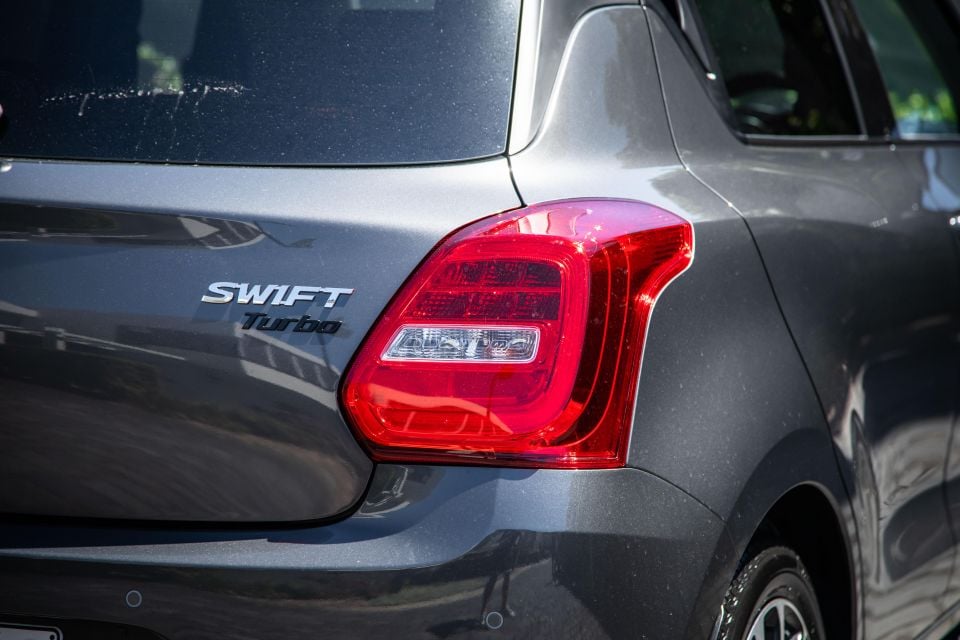
Click the images for the full gallery
MORE: Suzuki Swift news and reviews MORE: Suzuki news and reviews
Where expert car reviews meet expert car buying – CarExpert gives you trusted advice, personalised service and real savings on your next new car.


Max Davies
4 Hours Ago


Damion Smy
12 Hours Ago
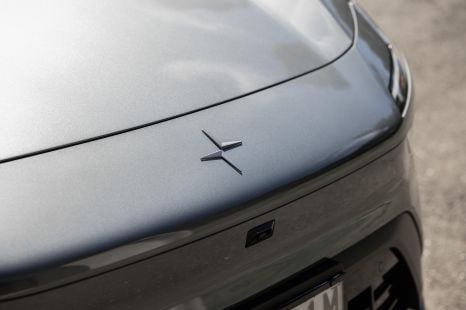

Damion Smy
13 Hours Ago


Damion Smy
14 Hours Ago


Damion Smy
17 Hours Ago


CarExpert.com.au
18 Hours Ago